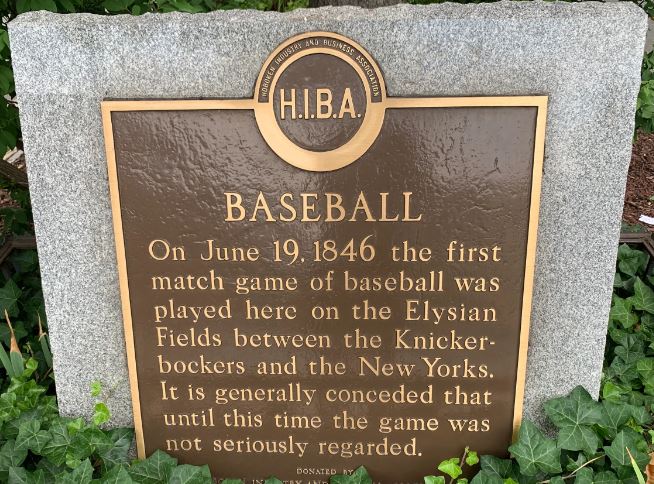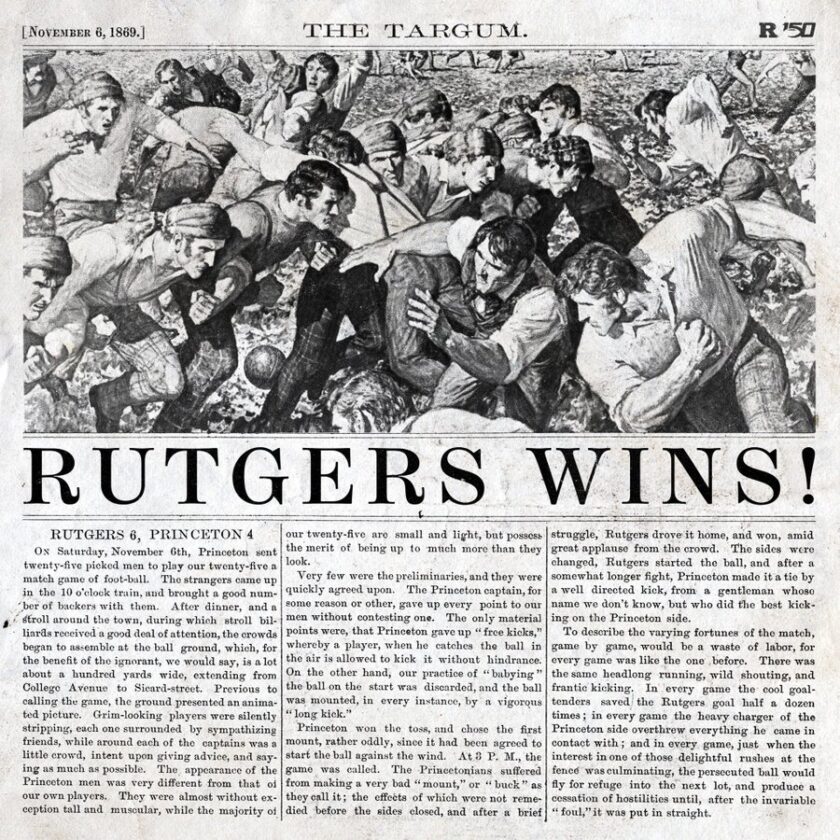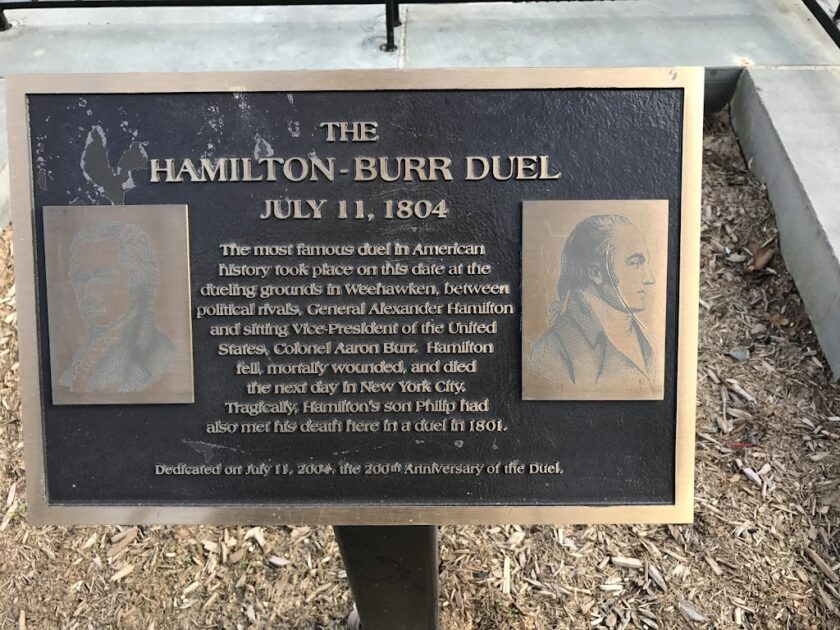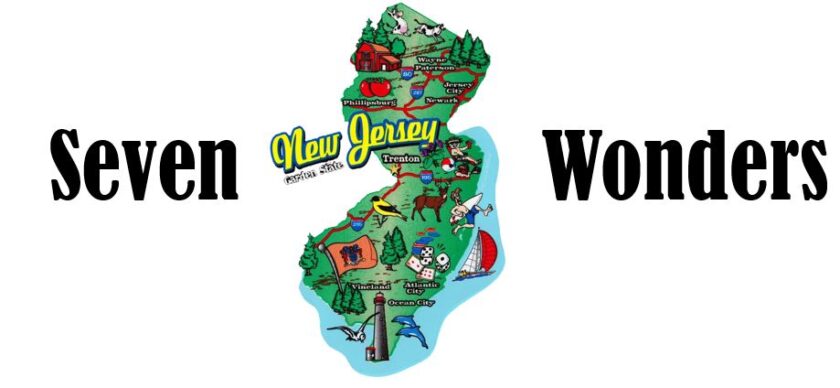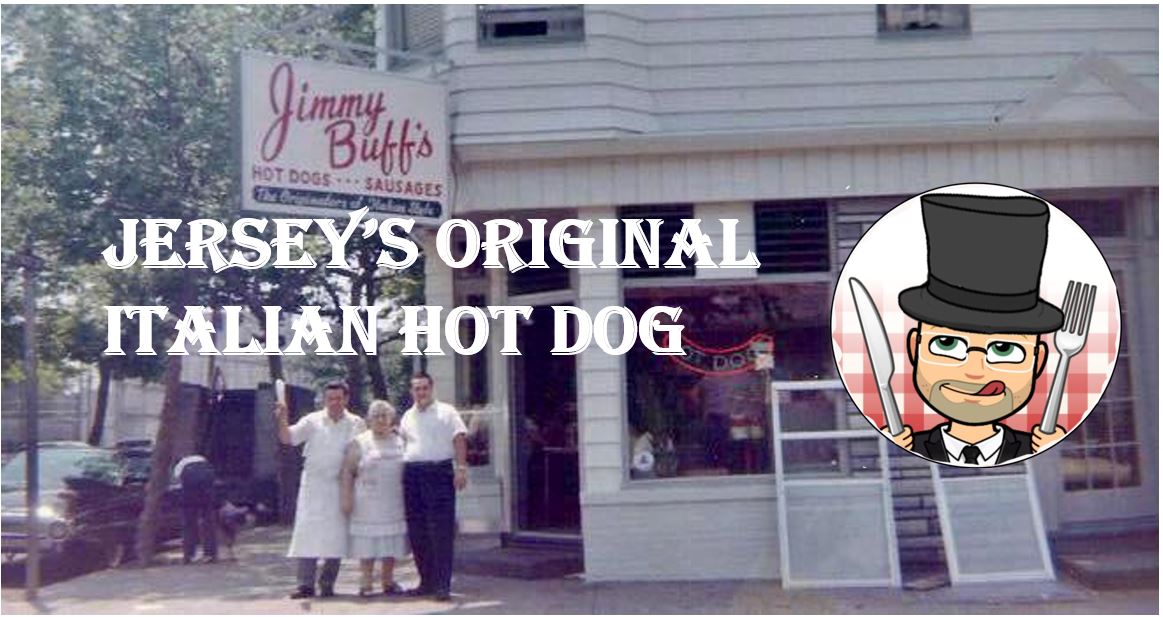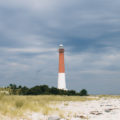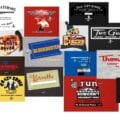As with all Mr. Local History retrospectives, we often update the post as we continue to review information as it’s presented. Updates to this post may occur as the debate will certainly continue. Share your thoughts with a post in the comments section at the end of the piece.
Mr. Local History Project
There are all kinds of interpretations of the term “Seven Wonders of the World” including mother nature’s wonders, man-made wonders, modern wonders, and historical wonders. Now there’s the Seven Wonders of the World from New Jersey. Our staff had a big task on their hands. What are the seven most important historic things that New Jersey has given to the world over our illustrious history? What would rank as the seven wonders of the world that New Jersey has given? So much has happened throughout Jersey’s history, it’s really been a fun challenge to bring it down to the seven categories we feel to cover the topic. We bet you have your own thoughts and we welcome those thoughts in the comments section at the end of the post. Let’s get to it.
No.7 – Food – Taylor’s Ham a.k.a. Pork Roll
Food – John Taylor’s Ham – no food causes more controversy between North and South Jersey than the name of a breakfast sandwich that in known throughout New Jersey. Whether you call it Taylor Ham (North) or Pork Roll (South), the meat product was invented by John Taylor. Made by John Taylor of Trenton, New Jersey in 1856, Taylor originally called his product “Taylor’s Prepared Ham,” but changed the name after it failed to meet the new legal definition of “ham” established by the Pure Food and Drug Act of 1906.
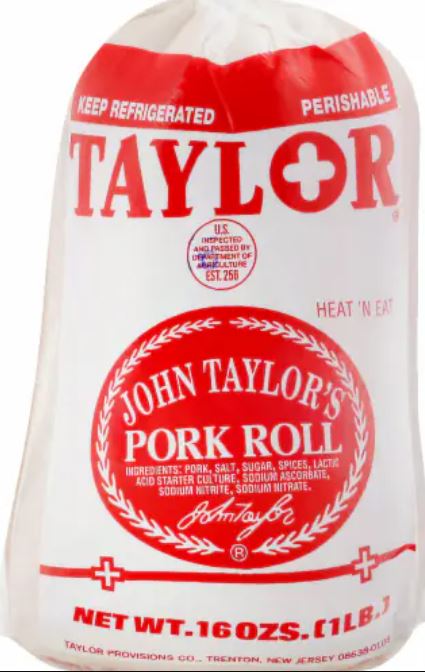
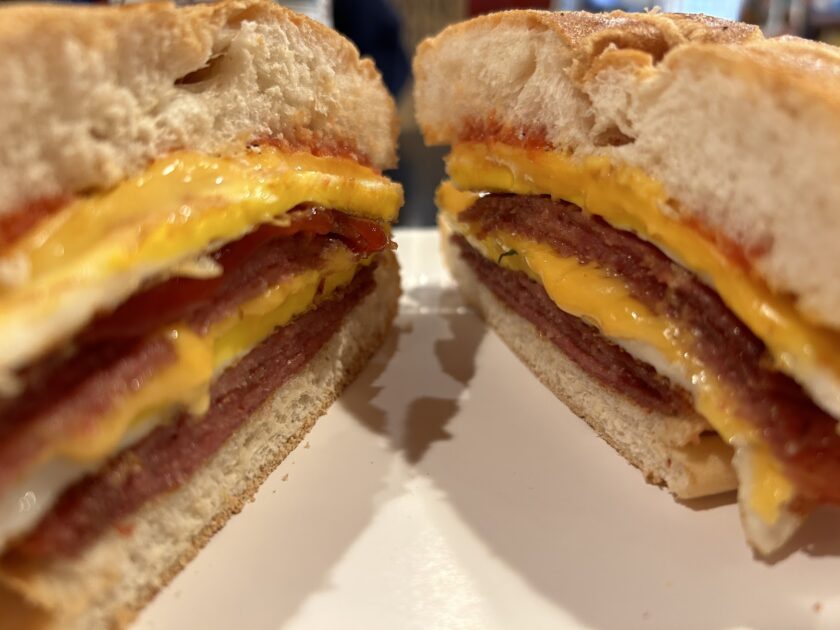
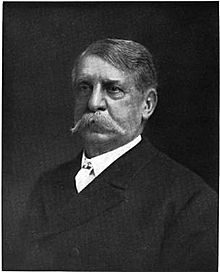
Honorable Mentions/Food

- Condensed Soup: In 1869, Joseph Campbell, a wholesale fruit and vegetable vendor, and Abraham Anderson, a commercial canner and packer, formed the firm of Anderson & Campbell in Camden, New Jersey. This would one day become Campbell Soup Company. After Arthur Dorrance succeeded Campbell, in 1897 his nephew John invented the process of condensing soup, leading to smaller packaging: Cans! The invention makes soups more affordable for families while preserving the quality of the ingredients.
- Italian hot dog: Mary and James Racioppi (pronounced “ra-CHEE-oh-pee”) of 202 14th Avenue & 9th Street in Newark, New Jersey are the originators of the Jersey Classic Italian Hot Dog. Jimmy Racioppi enjoyed playing cards at this home while his wife Mary would heat up the skillet in the kitchen and prepare her custom-made pizza bread sandwiches on a 1/2 loaf, inserting two fried hot dogs in the pizza bread pocket, then adding fried onions and peppers, topped with fried sliced potatoes and mustard. Thanks to the family tradition and entrepreneurial spirit, these hot dog creations haven’t changed much over the years. First known as the “Newark Hot Dog,” the sandwich quickly caught on and became known as the “Italian Hot Dog.”
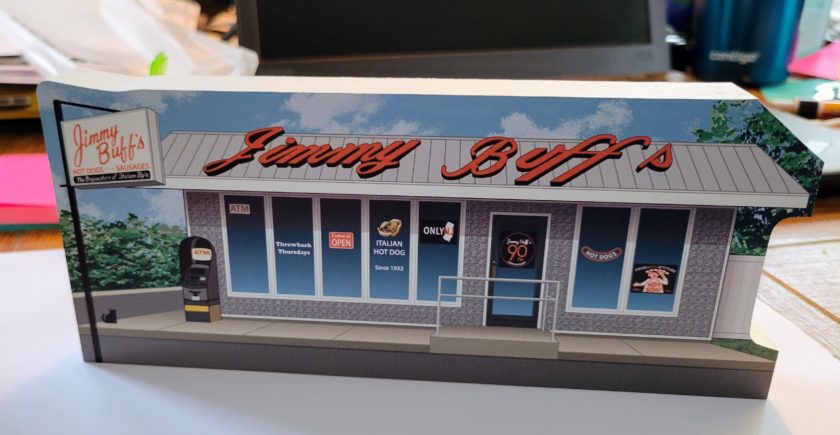
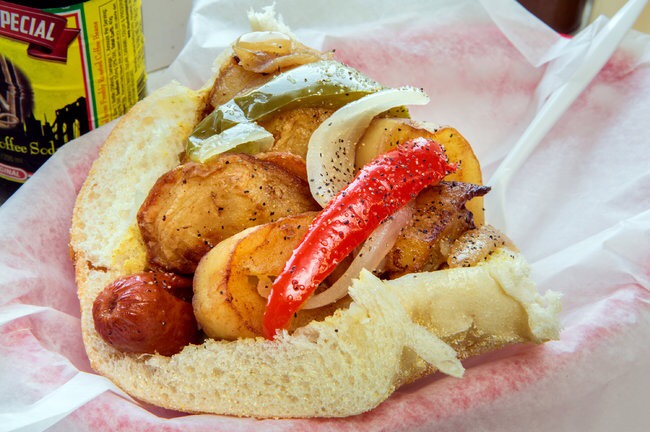
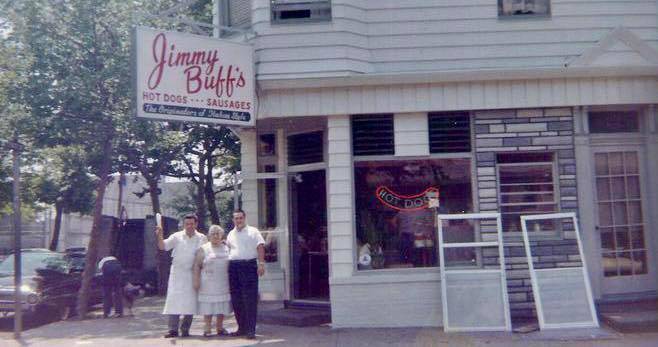
N0. 6 – Person/Resident – Thomas Edison
Undoubtedly, Thomas Edison is one of the most remarkable people ever to live in New Jersey. While history hasn’t been very kind to the man’s methods, there is no doubt that his West Orange home and museum showcase the wonderment of a man and his inventions.
Thomas Edison National Historical Park is where Thomas Edison worked and lived from 1886 until he died in 1931. In the Laboratory Complex, he developed the phonograph, storage battery, and motion picture camera. His library, stockroom, machine shops, and music room can also be seen.
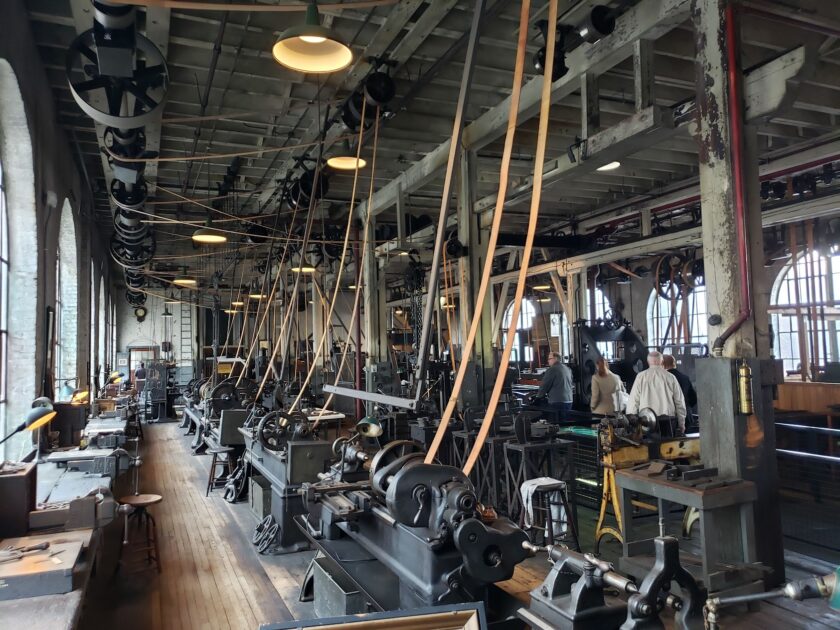
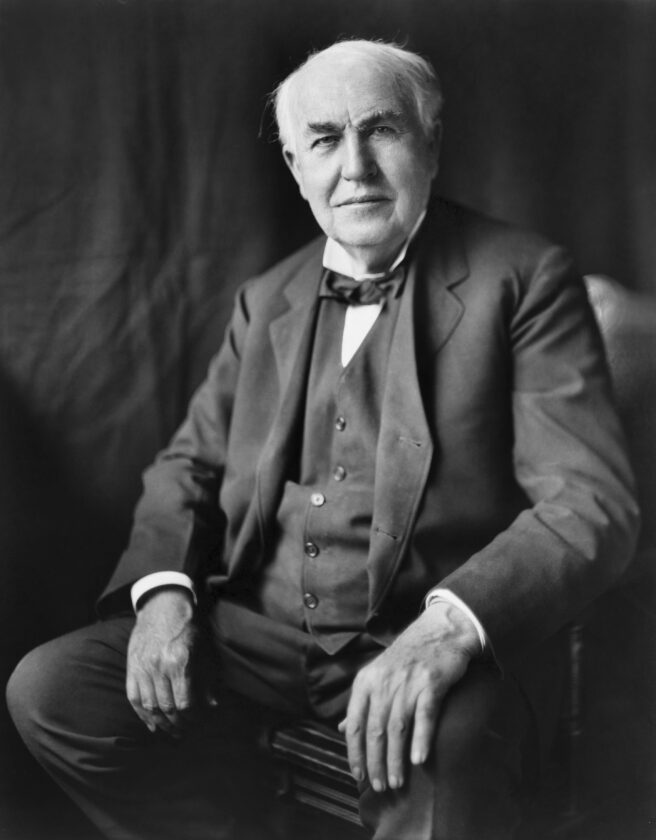
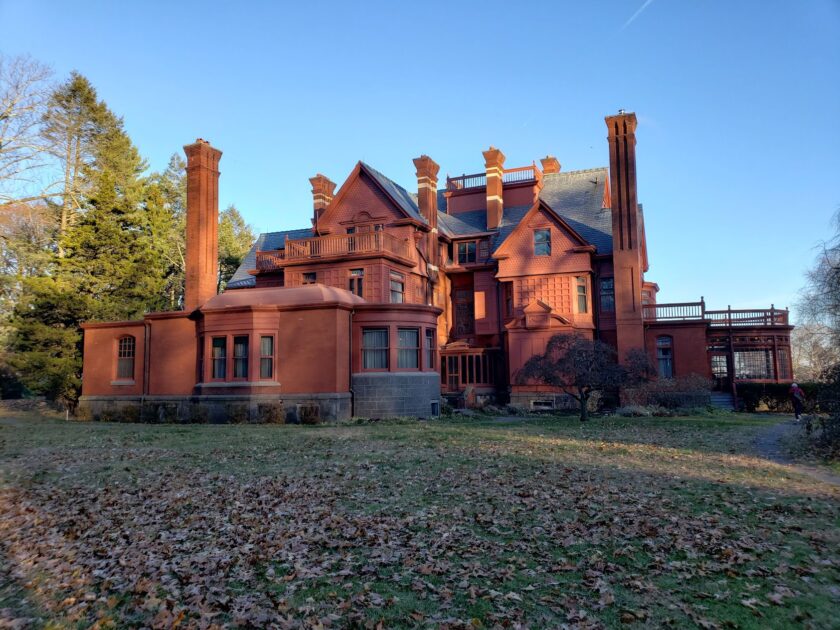
Honorable Mentions/People
- Frank Sinatra – On September 8, 1935, Frank Sinatra, three months shy of his 20th birthday, made his radio debut with the Hoboken Four on the influential Major Bowes Amateur Hour. A tour followed. Within a few years, Sinatra was singing with Harry James and then Tommy Dorsey, the biggest bandleaders of the day.
- Tony Soprano – On January 10, 1999, HBO viewers met the fictional Mafia family and, oh marone, audiences were hooked. It was the network’s most-watched series until Game of Thrones surpassed it in 2018.
- Albert Einstein first visited Princeton University in May 1921 to deliver a series of lectures (in his native German) on his then-controversial theory of relativity. He also accepted an honorary Doctor of Science degree from Princeton. It wasn’t until 1933 when Adolf Hitler came to power while Einstein was visiting the United States—that the wild-haired theoretical physicist would finally return to Princeton as a permanent resident.
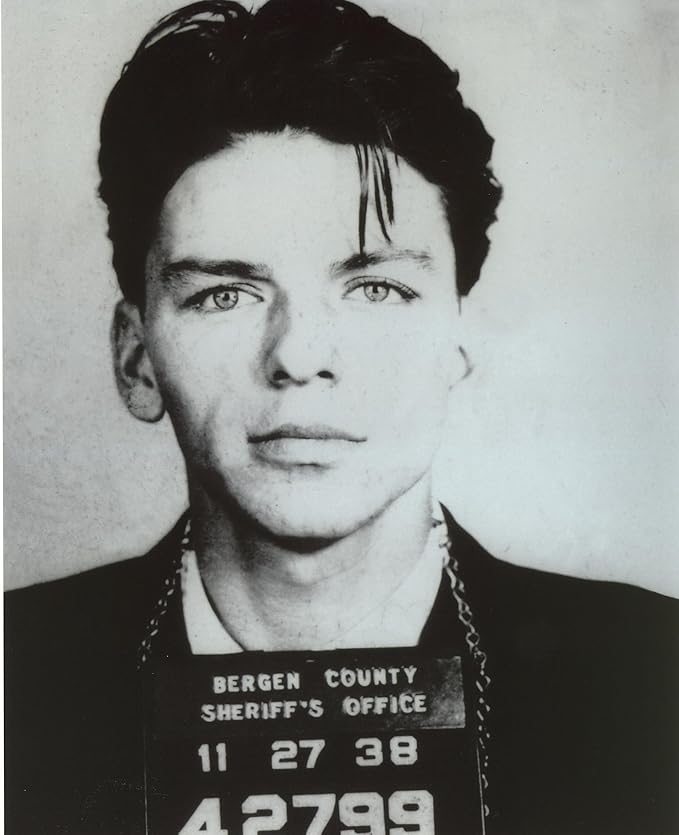
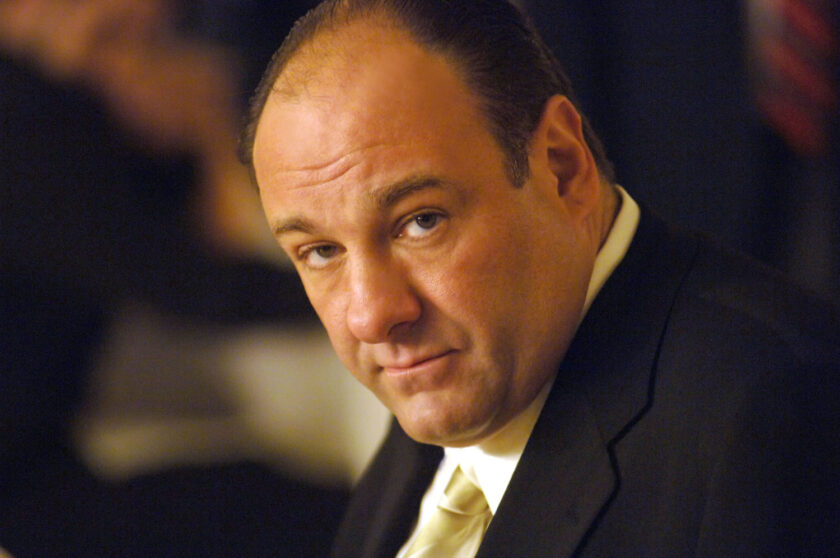
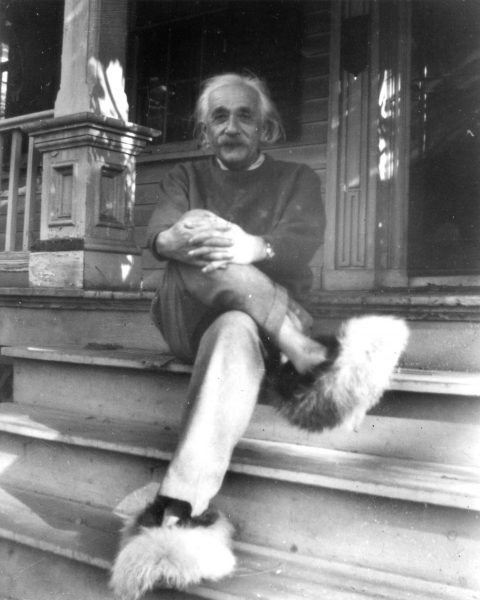
No.5 – Landmark – All Those Jersey Diners
Many historians have often noted New Jersey as the “Diner Center of the Universe.” New Jersey was once the hub of diner manufacturing, making mobile eateries that fed hungry Americans as far away as the West Coast.
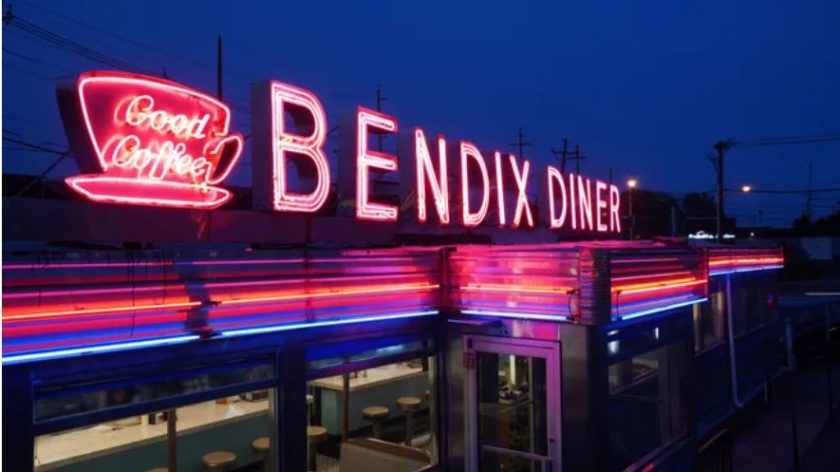
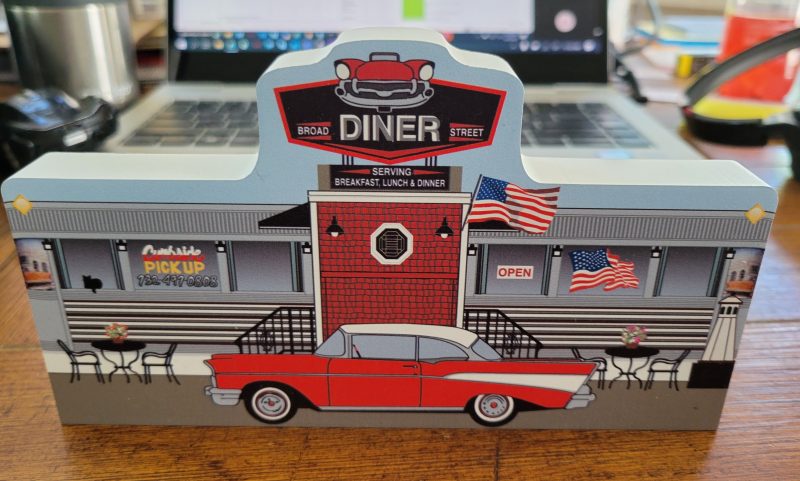
New Jersey is the diner center of the universe!
Author Michael C. Gabriele
When you consider the need for driving pit stops and delicious food on the go, along with the fact that NJ is the most densely populated state in the union, it should come as no surprise that the Garden State is also known as the Diner Capital of the World, boasting approximately 525 diners in total. But diners are in decline. It is not quite an endangered species but there is a transformation from the once modular manufactured diners from Paterson and the surrounding north Jersey region that started in the 1920s. Always look for the diner car stainless steel plate if you find yourself in a classic road car diner.
Honorable Mentions/Landmark
- Verrazano Narrows Bridge: the suspension bridge connecting the New York City boroughs of Staten Island and Brooklyn. It spans the Narrows, a body of water linking the relatively enclosed New York Harbor/Lower New York Bay and the Atlantic Ocean. It is the only fixed crossing of the Narrows. The span is named for Giovanni da Verrazzano, who in 1524 was the first European explorer to enter New York Harbor and the Hudson River. The Verrazano-Narrows Bridge, completed in 1964, has a total length of 13,700 feet with a central span of 4,260 feet. Compare that to the Golden Gate Bridge, built in 1937, which is only 8,981 feet and you have one great engineering feat. It was the longest suspension bridge in the world until it was surpassed by the Humber Bridge in the United Kingdom in 1981. The bridge has the 18th-longest main span in the world and the longest in the Americas. It would cost $60 million in 1928 dollars.
- Lucy the Elephant: Not everything has to be functional. Sometimes it just has to be an attraction. Lucy the Elephant, originally named “Elephant Bazaar,” was built in 1881 by James V. Lafferty of Philadelphia in an effort to sell real estate and attract tourists. Lucy stands six stories tall and weighs 90 tons. She was more than an object of awe; Lucy was a functioning building serving as a real estate office, tavern, and single-family residence. And don’t forget about the FBIs supposed use of Lucy’s eye!
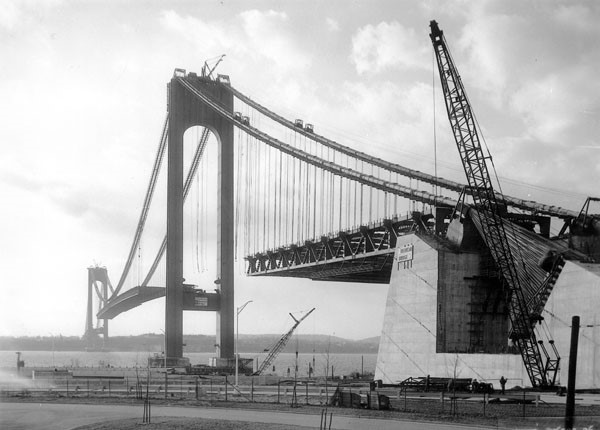
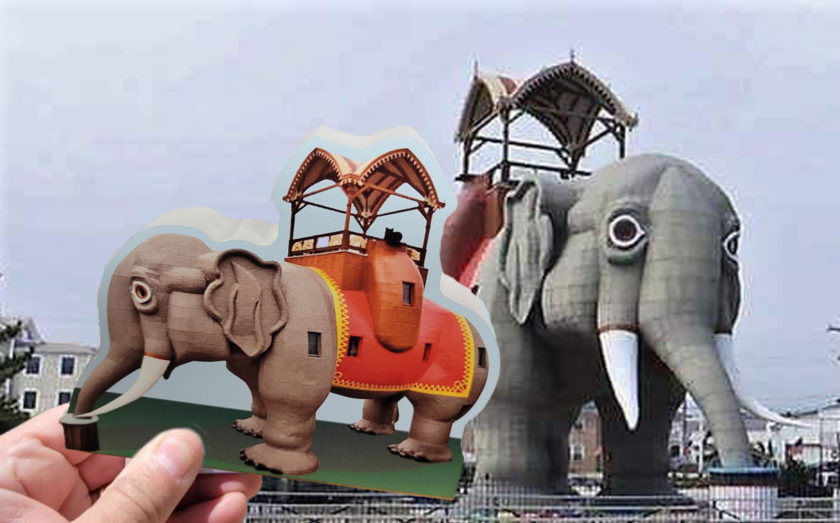
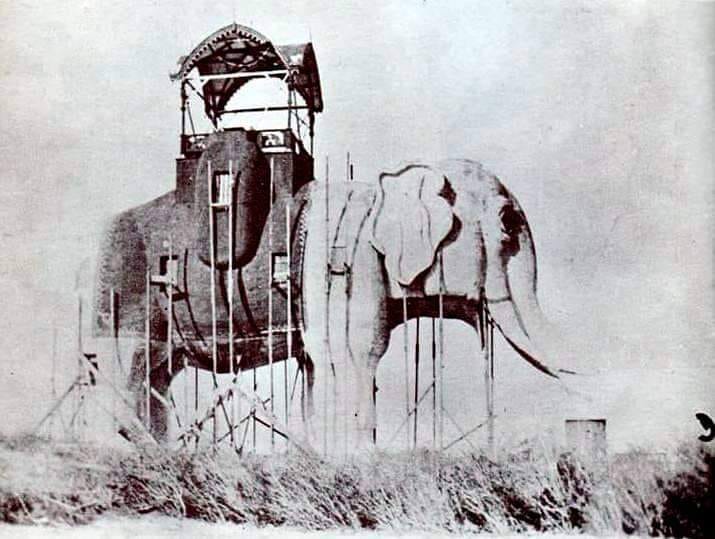
No. 4 – Natural Beauty – The Palisades
The Palisades cliffs formed about 200 million years ago, at the close of the Triassic period by the intrusion of molten magma upward into sandstone. The molten material cooled and solidified before reaching the surface. Water eroded the softer sandstone leaving behind the harder rock that exists today. The cliffs are about 300 ft (100 m) thick in sections and originally may have reached 1,000 ft (300 m).

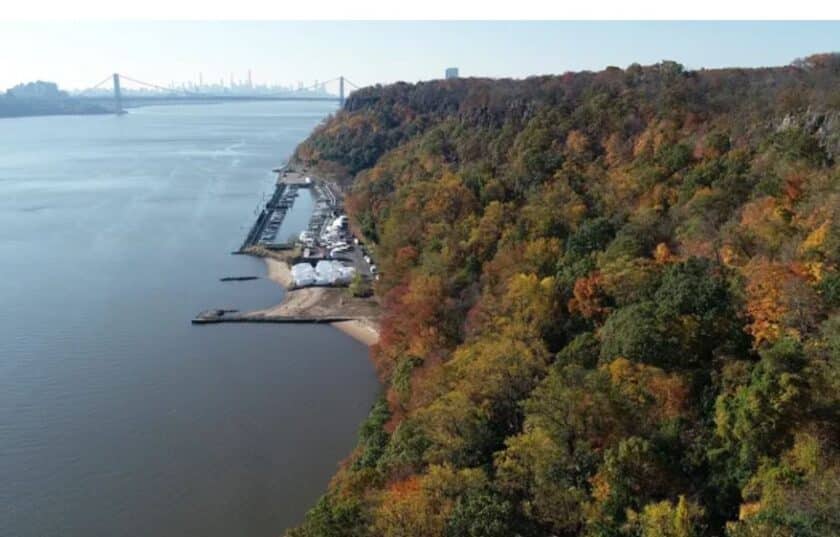
Honorable Mentions / Natural
- Paterson Falls: On July 10, 1778, Alexander Hamilton and the Marquis de Lafayette paused for lunch on a gentle slope next to the Great Falls of the Passaic River in what is now Paterson. Hamilton would later form the first manufacturing consortium harnessing the power of the “Niagra of New Jersey.”
- The Shore / Wildwood Beaches: Everyone in New Jersey knows the coastline is one of the greatest natural treasures in the state, so much so that we gave it our name – the Shore! Now if you explore the shore there are three distinct areas; the northern shore, LBI, and the southern shore. The beach that stands out the most has to be the massive width of Wildwood and Wildwood Crest beaches. Wildwood’s beaches are up to 500 yards wide at points and are the largest in New Jersey.
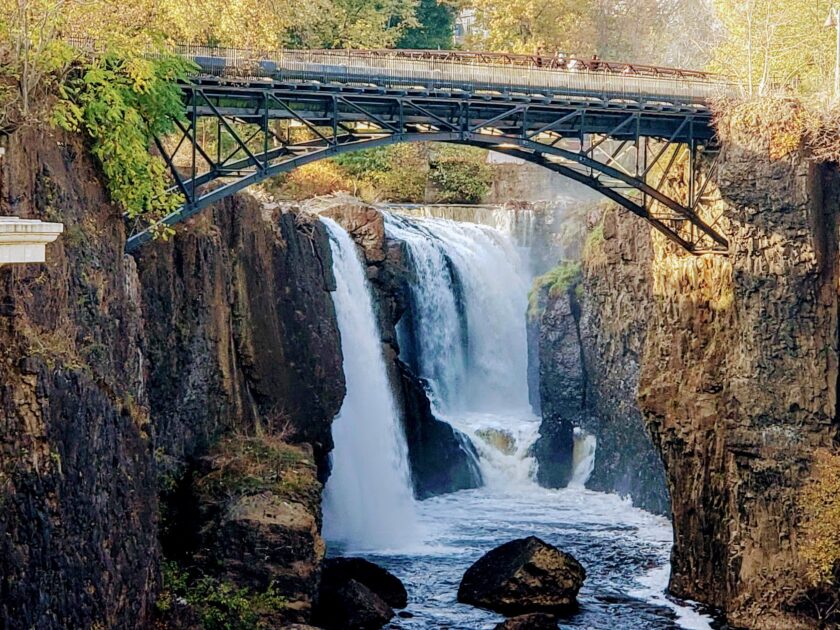
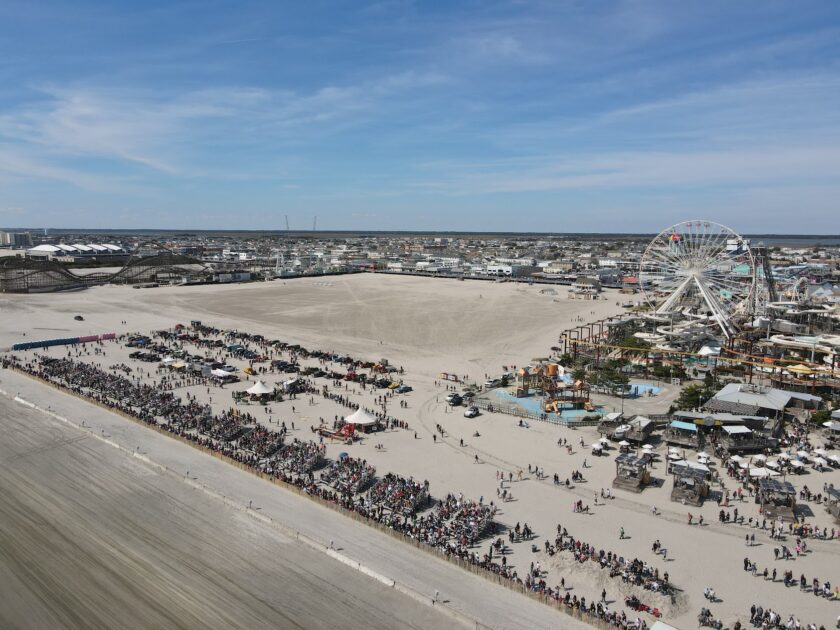
No.3 – City – Atlantic City
The Atlantic City Boardwalk opened on June 26, 1870, with a simple goal: Keep sand out of hotel lobbies. The original 8-foot-wide, mile-long walk was raised just 1 foot off the sand. It was dismantled at season’s end. In the fall of 1976, residents of Atlantic City—a once-great resort that had fallen on hard times—voted in favor of legalized casino gambling.
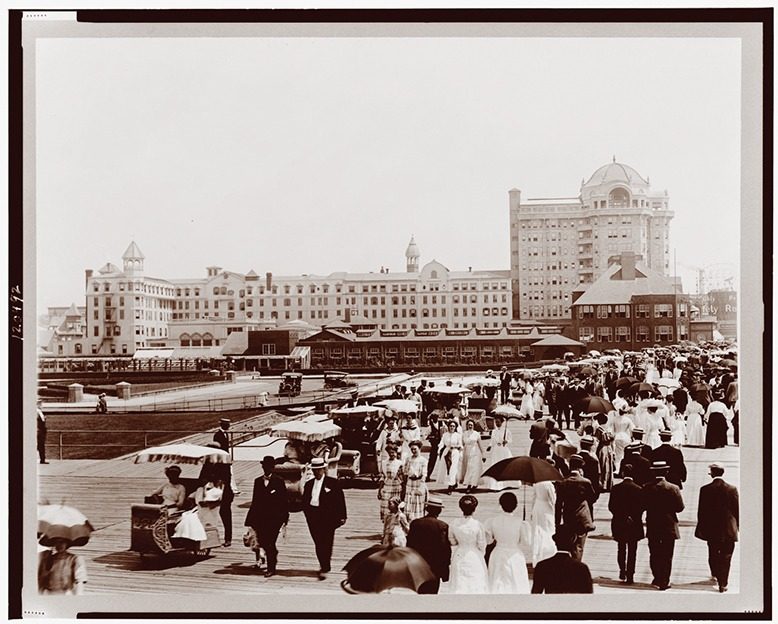
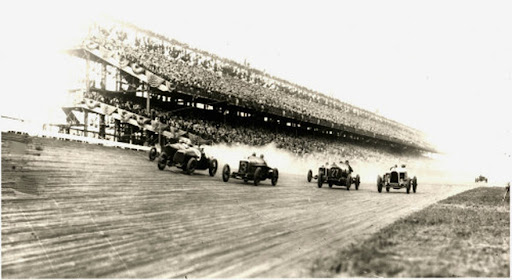
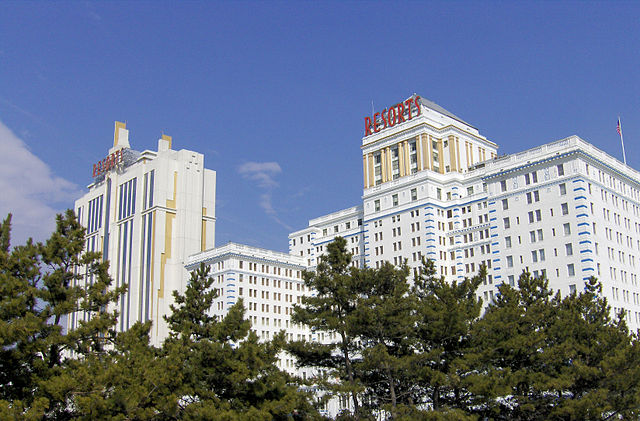
Atlantic City continues reinventing itself and is one of the great survival stories in New Jersey’s history.
Honorable Mentions/City
- Paterson – There is something to say about some of the great things that have come out of Paterson. “Silk City”, the first Colt revolver called the Colt Paterson, the largest Muslim community in the state. Should we pick Jackson for having a Great Adventure?
- Newark, Trenton, Camden—Newark had the riots, and Trenton has our government. Camden has the crime records, for sure. All three aren’t much to cheer about, but they all have played historic moments in early Jersey history, for which we are thankful. It’s a toss-up to us. Do you have a better one? All three have been known nationally for their demise and ridicule, so I’m unsure if another honorable mention exists.
No. 2 – Inventions / Motion Pictures
Motion Pictures – on February 1, 1893, the Black Maria in West Orange was the nation’s first film production studio. Named for its resemblance to a police wagon, the studio in West Orange was the site of such short films as Fred Ott’s Sneeze, the first movie copyrighted in the United States, and Prof. Welton’s Boxing Cats. Thomas Edison’s more than 1,000 patented inventions (most developed at his labs in Menlo Park and West Orange) included the stock ticker, the phonograph, and the light bulb.
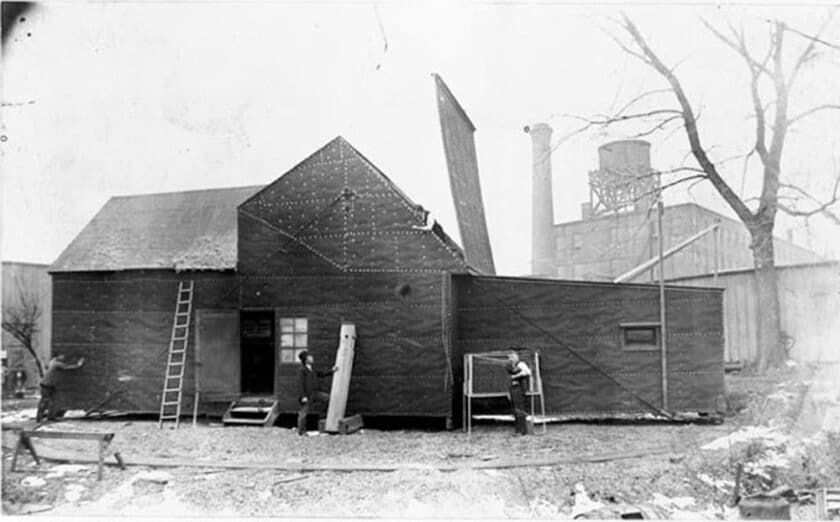

Honorable Mentions/Inventions
- The Air Conditioner: Willis Carrier sold the first air conditioner in Newark on May 15, 1928. The smaller unit was designed for retail shops and offices. The first one was sold to Merchants Refrigerating Company for its egg storage room in Newark.
- Bubble Wrap: I bet you didn’t know this one. Engineers Alfred Fielding and Marc Chavannes invented bubble wrap in 1957 in Hawthorne, New Jersey. Fielding and Chavannes sealed two shower curtains together, creating a smattering of air bubbles, which they originally tried to sell as wallpaper.
- Bell Labs Patents: Bell Labs, now known as Nokia Bell Labs, has over 30,000 patents. Bell Labs also has 11 Nobel Prize winners. Some of their notable inventions include:
- Transistor: Invented in 1947
- FAX machine: Invented in 1925
- Data networking: Invented in the late 1940s
- Cellular telephone proposal: Invented in 1947
- Solar cells: Invented in 1954
- Laser: Invented in 1957
- Charged-coupled device (CCD): Invented in 1969
- UNIX: Invented in 1969
- Telstar 1 satellite: Invented in 1962
- Information theory: Invented in 1948
- Programming languages: B, C, C++, S, SNOBOL, AWK, AMPL, and others
No. 1 – Event – Washington Crossing the Delaware
Our number one choice really has no parallel to the iconic 1776 Christmas Crossing to capture the British at the Trenton Barracks which occurred on the night of December 25–26, 1776 during the American Revolutionary War, was the first move in a complex and surprise military maneuver and attack organized by George Washington, the commander-in-chief of the Continental Army, which culminated in their attack on Hessian forces garrisoned at Trenton.
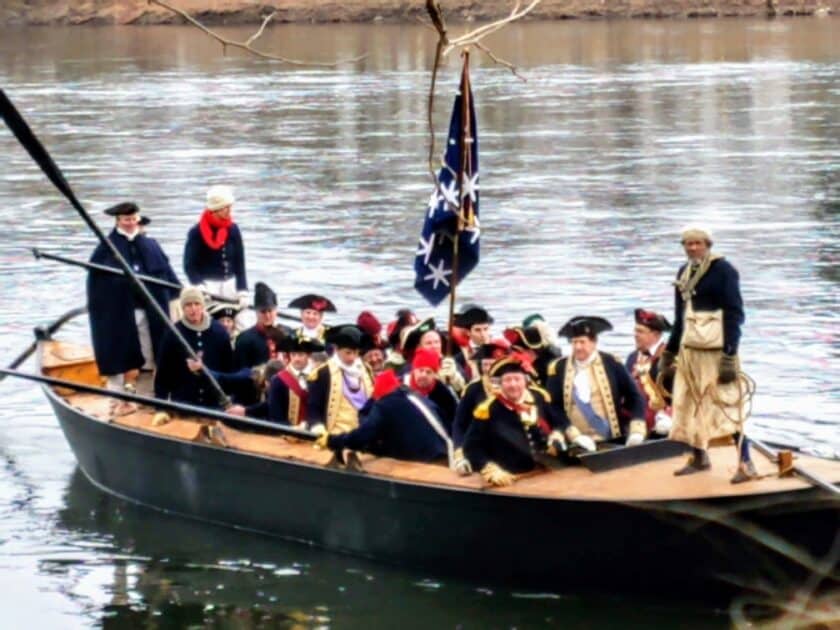
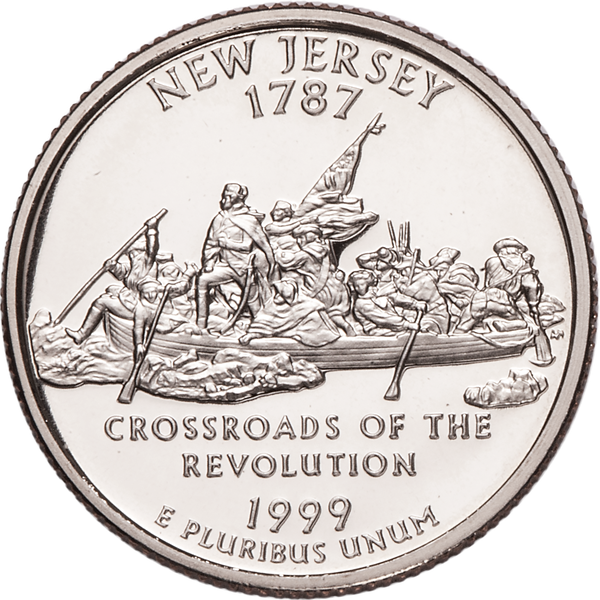
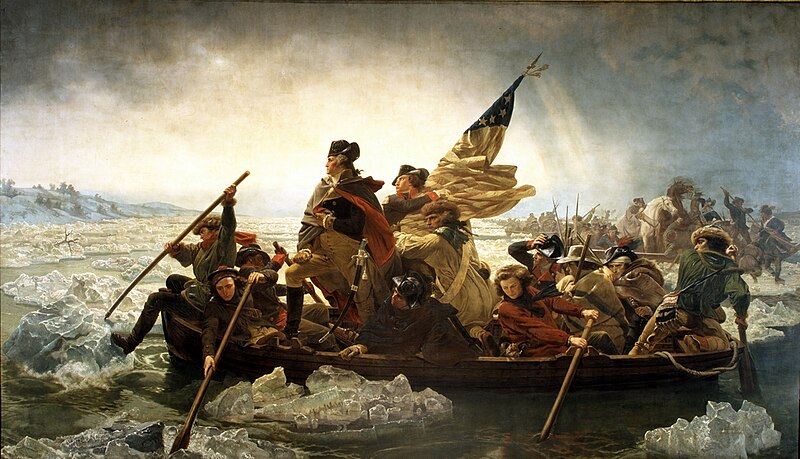
It wouldn’t be until January 30, 1806 that crossings via a bridge were occuring with the opening of the Trenton Bridge, the first fixed span across the Delaware. In building the bridge, engineer/inventor Theodore Burr, a cousin of Aaron, designed a unique system of five wooden arches suspended from four stone piers. Today, more than 30 bridges span the river, including interstate highway bridges, railway bridges and pedestrian bridges
Honorable Mentions/Events
- First College Football Game: On November 6, 1869, Rutgers and New Jersey (later known as Princeton) faced off in what is considered to be the first American football game ever played. Because gridiron football developed from the rules of association football and rugby football, many also consider the game played on November 6 the first collegiate game. Rutgers won the game 6–4.
- First Baseball Game: On June 19, 1846, Hoboken’s Elysian Fields hosted the first recorded baseball match played by recognizably modern rules. The New York Nine defeated Alexander Cartwright’s Knickerbocker squad in a game reported in New York newspapers. According to many baseball historians, this event marked the birth of modern baseball.
- Alexander Hamilton and Aaron Burr’s Duel: On July 11, 1804, Alexander Hamilton and Aaron Burr met on the dueling grounds at Weehawken, New Jersey, to fight the final skirmish of a long-lived political and personal battle. When the duel was over, Hamilton would be mortally wounded, and Burr would be wanted for murder.
